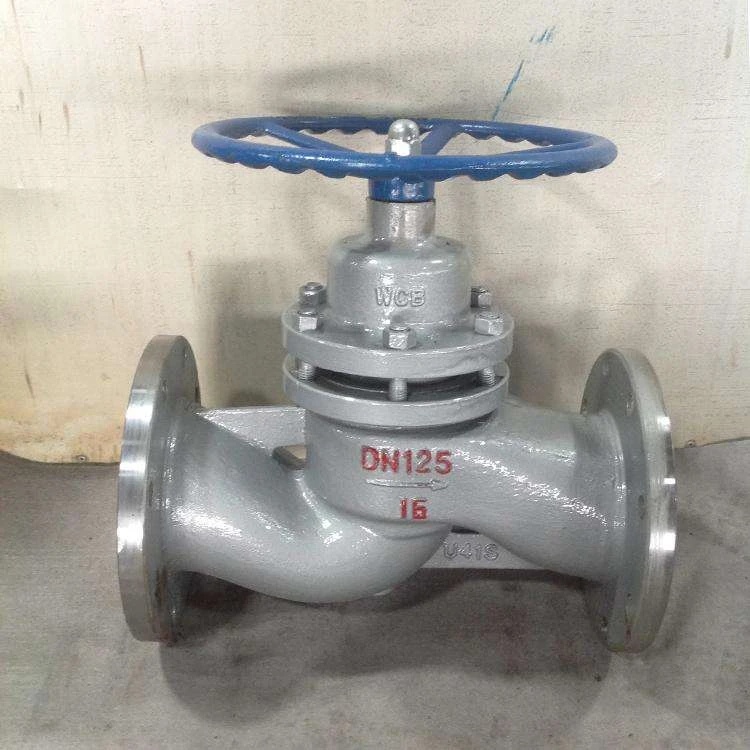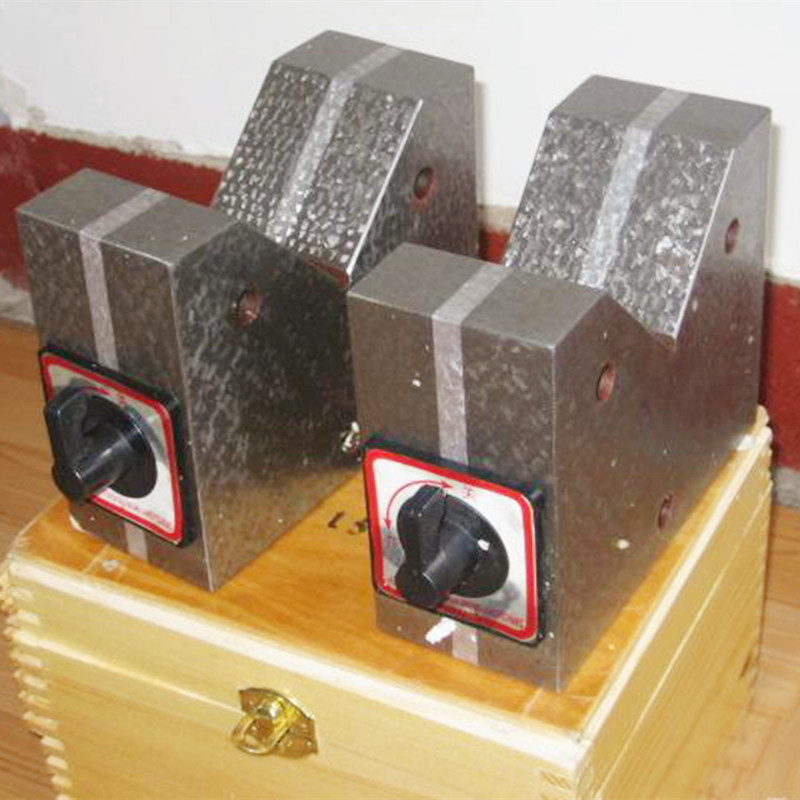1 月 . 06, 2025 19:46 Back to list
Valve Types Comprehensive Guide & Expert Insights
Understanding the various types of valves is crucial for industries ranging from oil and gas to food and beverages, ensuring efficient and safe operations. Valves, often considered the unsung heroes in piping systems, regulate, direct, and control the flow of fluids.

Butterfly valves are renowned for their lightweight and compact design. These valves perform well in systems where space is limited and provide reliable performance for applications involving large diameter pipelines. Their quarter-turn operation is advantageous for rapid shut-off, making them a popular choice for water supply systems.
Ball valves, characterized by their simple design and resilience, are ideal for applications requiring a quick and tight seal. Their ability to maintain and regulate high pressure and temperature makes them indispensable in chemical and petrochemical plants. The valve's spherical closure unit ensures minimal leakage and provides a secure operation, ensuring safety and efficiency in critical environments.

Gate valves stand out for their ability to completely stop or allow fluid flow. These valves are particularly effective in applications that need minimal flow resistance, ensuring fluid passes through with reduced pressure loss. Industries like oil refineries rely on gate valves for their robustness and precise shut-off capabilities in both frequent and infrequent operation scenarios.
valve types
Globe valves offer superior throttling capabilities and are essential where regulating flow is a priority. Their unique design allows for precise control, making them an invaluable asset in industries such as pharmaceuticals and food processing where maintaining fluid quality and consistency is paramount. The globe valve's versatility extends to steam applications due to its ability to regulate temperature and pressure effectively.
Plug valves, known for their cylindrical or conically tapered plugs, are effective in high-density flow systems. These valves provide quick and uninterrupted fluid control, making them suitable for slurry and sewage systems. Their simple design ensures minimal maintenance and reliability under harsh conditions, emphasizing their importance in waste treatment facilities.
Diaphragm valves, with their seamless and smooth operation, are essential in industries like biotechnology and pharmaceuticals where sterility is crucial. These valves avoid contamination due to their seatless design, ensuring clean and safe fluid control. Their reliability in maintaining aseptic conditions makes them indispensable in applications involving sensitive or corrosive fluids.
In conclusion, selecting the appropriate valve type is more than a technical decision—it's a strategic choice that impacts operational efficiency, safety, and cost-effectiveness. By understanding each valve's unique characteristics and applications, industries can leverage their strengths to enhance productivity and ensure regulatory compliance. It's imperative to consult experts and adhere to industry standards for the optimal selection and maintenance of valves, guaranteeing sustainable and efficient operations.
-
Y Type Strainers: A Comprehensive GuideNewsOct.18,2024
-
Understanding Water Valve Options for Your NeedsNewsOct.18,2024
-
Functions and TypesNewsOct.18,2024
-
An Essential Component for Fluid SystemsNewsOct.18,2024
-
Adjustment and ReplacementNewsOct.18,2024
-
Slow Closing Check Valves: A Key Component in Fluid SystemsNewsOct.08,2024
Related PRODUCTS









